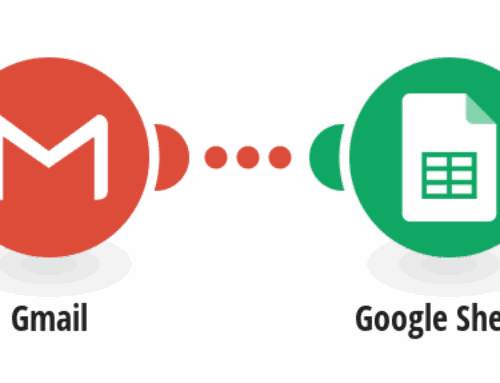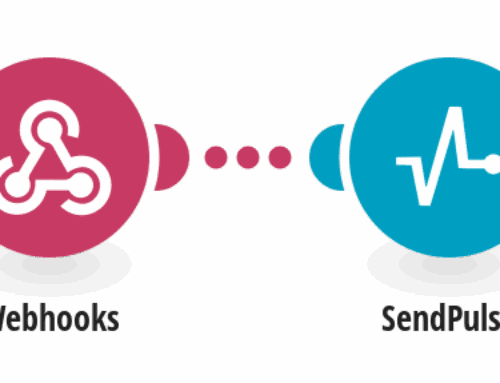Creating Stunning Dribbble Shots from Google Images
Introduction: Unleashing Your Creativity
Ever found yourself gazing at captivating designs on Dribbble and wondered how you can bring your own creative touch to the platform? Well, you’re in luck! There’s a simple yet effective way to transform Google Images into professional-looking shots on Dribbble. Think of it as turning raw material into a masterpiece, with just the right tools and techniques.
In today’s digital landscape, visuals speak louder than words. Whether you’re a designer, artist, or content creator, understanding how to repurpose images into eye-catching designs can set you apart. Let’s explore the step-by-step process of harnessing Google Images to create stunning artworks that can captivate your audience.
Choosing the Right Images
The Art of Selection
Before diving into the design process, the first step is selecting the perfect images. This is akin to a chef choosing fresh ingredients for a gourmet dish. Google Images offers an extensive array of visuals, but not all are suitable for every project. Consider factors like resolution, relevance, and copyright when making your selection.
A high-resolution image ensures that the final output is crisp and professional. Additionally, the chosen image should align with your intended theme or concept to maintain consistency in your design. Finally, always ensure that the images are either royalty-free or used under fair use policies to avoid any legal complications.
Utilizing Online Tools for Transformation
From Raw to Refined
Once you’ve gathered the perfect images, the next step is transforming them using online tools. This process is comparable to chiseling a rough stone into a polished sculpture. Online platforms like Make.com provide templates and resources to facilitate this transformation.
These tools allow you to enhance the image quality, adjust colors, and add text or other elements to make the design pop. Using templates specifically tailored for Dribbble can greatly streamline your workflow. They ensure that the resulting shot meets the platform’s aesthetic standards while saving you valuable time.
Design Principles to Elevate Your Shot
Balancing Elements for Impact
Even with the right image and tools, understanding basic design principles is crucial. It’s like having all the spices for a dish but knowing the right blend to create harmony. Focus on balance, contrast, and alignment to create a visually appealing shot.
Ensure that different elements within your design do not compete for attention but rather complement each other. Use contrast to highlight key areas of your shot and alignment to guide the viewer’s eye naturally through your design. These principles will help you craft a cohesive and professional-looking shot.
Enhancing with Typography and Color
Adding Flair and Personality
Typography and color schemes are powerful tools in any designer’s arsenal. They are like the garnishes that complete a culinary presentation. Choose fonts and colors that resonate with your brand or message to infuse personality into your design.
Consider the mood you wish to convey through your shot. Whether it’s bold and vibrant or calm and serene, your choice of colors and typography should reflect that mood. Experiment with different combinations until you achieve the right balance and feel for your artwork.
Uploading and Engaging on Dribbble
Showcasing Your Work
With your design ready, it’s time to upload it to Dribbble and share it with the world. Think of this step as opening night for a play; you want to create excitement and anticipation around your work. Take the time to write a compelling description that tells the story behind the shot.
Engage with fellow designers by seeking feedback and joining discussions. Dribbble is a community-driven platform, and participating actively can lead to collaborations and opportunities. Remember, presenting your work effectively is just as important as creating it.
Tips for Consistent Improvement
Learning and Growing
Design is an ever-evolving field, and continuous improvement is key to staying relevant. Just like athletes training for peak performance, keep honing your skills by exploring new techniques and trends. Attend workshops, read design blogs, and experiment with new styles.
Another tip is to seek constructive criticism. Feedback from peers or mentors can provide valuable insights that you may have overlooked. Use this feedback to refine your approach and push the boundaries of your creativity. The journey of improvement is ongoing, and each project is an opportunity to learn.
Conclusion: Mastering the Art of Dribbble Shots
Creating stunning shots on Dribbble using Google Images is a rewarding endeavor that combines creativity, technical skills, and strategic planning. By understanding the art of selection, utilizing powerful online tools, and adhering to design principles, you can produce captivating visuals that stand out.
Remember, like any other craft, practice makes perfect. With each shot you create, your confidence and expertise will grow. So, grab your digital paintbrushes and start transforming those Google Images into works of art that leave a lasting impression!
FAQs
Can I use any Google Image for my Dribbble shot?
No, it’s important to consider copyright and usage rights. Opt for royalty-free images or images used under fair use policy to avoid any legal issues.
What online tools are best for transforming images?
Platforms like Make.com offer useful templates and tools specifically designed for creating Dribbble shots. They simplify the design process and help achieve professional results.
How can I ensure my Dribbble shot is engaging?
Focus on design principles such as balance, contrast, and alignment. Additionally, use engaging typography and color schemes to captivate your audience’s attention.
What should I include in my Dribbble shot description?
Your description should tell the story behind the shot and highlight the key elements and inspirations. It helps connect your audience with your work on a deeper level.
How can I improve my design skills continuously?
Keep learning through workshops, tutorials, and engaging with the design community. Seek feedback from peers to refine your skills and stay updated with the latest design trends.









